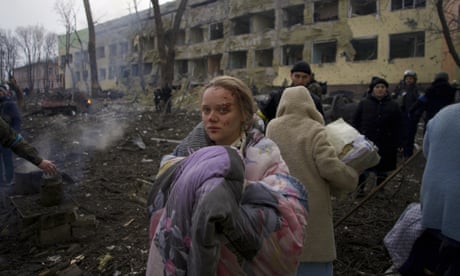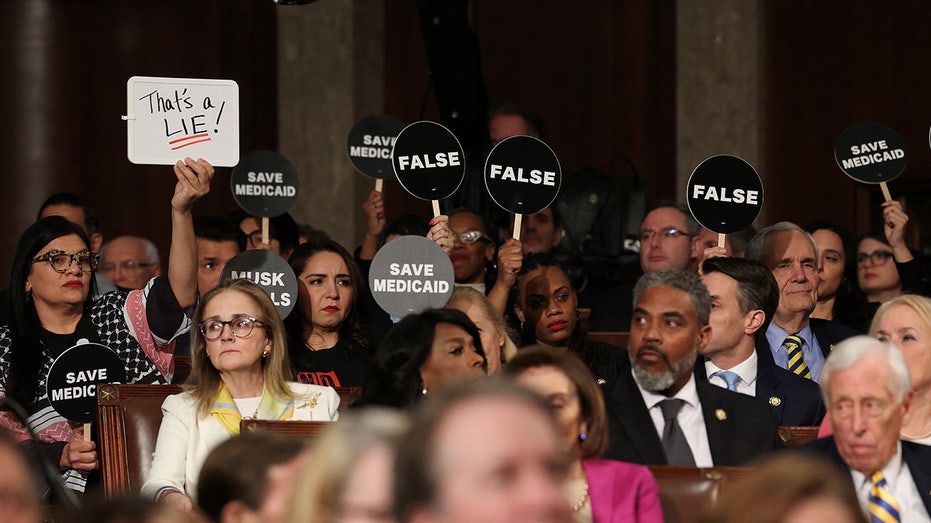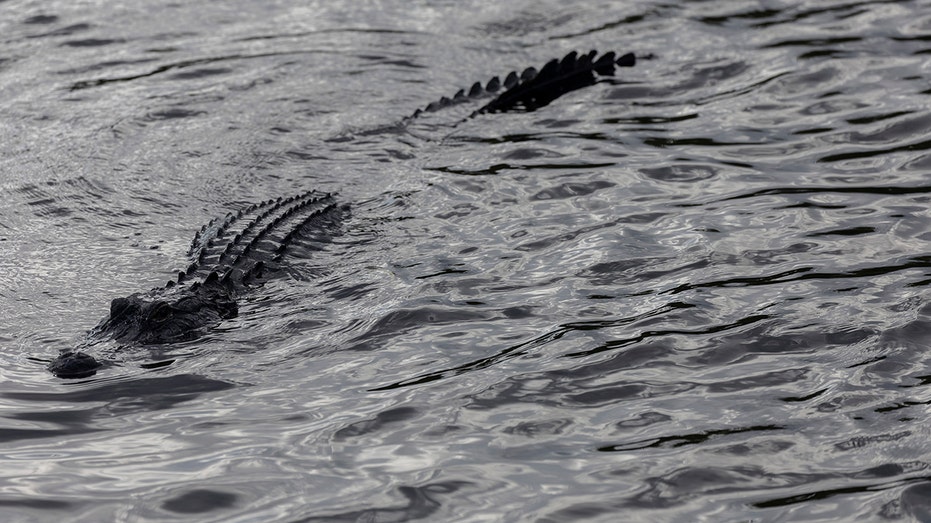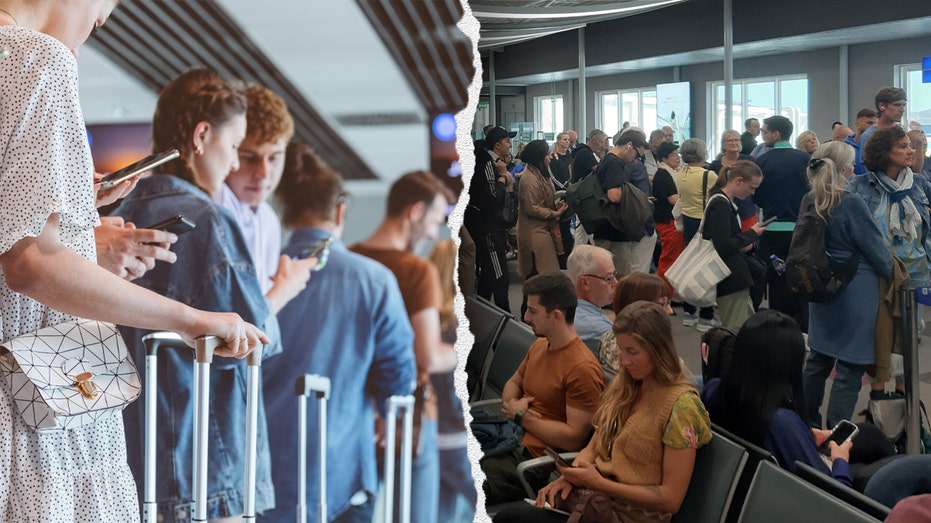- by foxnews
- 06 Mar 2025
The Russians were hunting us down: the war on journalism in Mariupol
The Russians were hunting us down: the war on journalism in Mariupol
- by theguardian
- 22 Mar 2022
- in news

The Russians were hunting us down. They had a list of names, including ours, and they were closing in.
We had been documenting the siege of Mariupol by Russian troops for more than two weeks and were the only international journalists left in the city. We were reporting inside the hospital when gunmen began stalking the corridors. Surgeons gave us white scrubs to wear as camouflage.
The walls of the surgery shook from artillery and machine gun fire outside, and it seemed safer to stay inside. But the Ukrainian soldiers were under orders to take us with them.
We ran into the street, abandoning the doctors who had sheltered us, the pregnant women who had been shelled and the people who slept in the hallways because they had nowhere else to go. I felt terrible leaving them all behind.
Nine minutes, maybe 10, an eternity through roads and bombed-out apartment buildings. As shells crashed nearby, we dropped to the ground. Time was measured from one shell to the next, our bodies tense and breath held. Shockwave after shockwave jolted my chest, and my hands went cold.
We reached an entryway, and armoured cars whisked us to a darkened basement. Only then did we learn from a police officer we knew why the Ukrainians had risked the lives of soldiers to extract us from the hospital.
The officer, who had once begged us to show the world his dying city, now pleaded with us to go. He nudged us toward the thousands of battered cars preparing to leave Mariupol. It was 15 March. We had no idea if we would make it out alive.As a teenager growing up in Ukraine in the city of Kharkiv, just 20 miles from the Russian border, I learned how to handle a gun as part of the school curriculum. It seemed pointless. Ukraine, I reasoned, was surrounded by friends.
In the first few days of the war, the Russians bombed the enormous Freedom Square in Kharkiv, where I had hung out until my 20s.
I knew Russian forces would see the eastern port city of Mariupol as a strategic prize because of its location on the Sea of Azov. So on the evening of 23 February, I headed there with my longtime colleague Evgeniy Maloletka, a Ukrainian photographer for Associated Press, in his white Volkswagen van.
On the way, we started worrying about spare tyres, and found online a man nearby willing to sell to us in the middle of the night. We explained to him and to a cashier at the all-night grocery store that we were preparing for war. They looked at us like we were crazy.
We pulled into Mariupol at 3.30am The war started an hour later.
One bomb at a time, the Russians cut electricity, water, food supplies and finally, crucially, the cell phone, radio and television towers. The few other journalists in the city got out before the last connections were gone and a full blockade settled in.
The absence of information in a blockade accomplishes two goals.
Impunity is the second goal. With no information coming out of a city, no pictures of demolished buildings and dying children, the Russian forces could do whatever they wanted. If not for us, there would be nothing.
I have never, ever felt that breaking the silence was so important.The deaths came fast. On 27 February, we watched as a doctor tried to save a little girl hit by shrapnel. She died.
A second child died, then a third. Ambulances stopped picking up the wounded because people could not call them without a signal, and they could not navigate the bombed-out streets.
Shelling hit the hospital and the houses around. It shattered the windows of our van, blew a hole into its side and punctured a tyre. Sometimes we would run out to film a burning house and then run back amid the explosions.
The signal vanished by 3 March. We tried to send our video from the 7th-floor windows of the hospital. It was from there that we saw the last shreds of the solid middle-class city of Mariupol come apart.
The Port City superstore was being looted, and we headed that way through artillery and machine gunfire. Dozens of people ran and pushed shopping carts loaded with electronics, food, clothes.
A shell exploded on the roof of the store, throwing me to the ground outside. I tensed, awaiting a second hit, and cursed myself a hundred times because my camera was not on to record it.
And there it was, another shell hitting the apartment building next to me with a terrible whoosh. I shrank behind a corner for cover.
We raced back to the hospital. Within 20 minutes, the injured came in, some of them scooped into shopping carts.
For several days, the only link we had to the outside world was through a satellite phone. And the only spot where that phone worked was out in the open, right next to a shell crater. I would sit down, make myself small and try to catch the connection.
Everybody was asking, please tell us when the war will be over. I had no answer.
Every single day, there would be a rumour that the Ukrainian army was going to come to break through the siege. But no one came.
By this time I had witnessed deaths at the hospital, corpses in the streets, dozens of bodies shoved into a mass grave. I had seen so much death that I was filming almost without taking it in.
We watched smoke rise from a maternity hospital. When we arrived, emergency workers were still pulling bloodied pregnant women from the ruins.
Our batteries were almost out of juice, and we had no connection to send the images. Curfew was minutes away. A police officer overheard us talking about how to get news of the hospital bombing out.
We had recorded so many dead people and dead children, an endless line. I did not understand why he thought still more deaths could change anything.
I was wrong. In the dark, we sent the images by lining up three mobile phones with the video file split into three parts to speed the process up. It took hours, well beyond curfew. The shelling continued, but the officers assigned to escort us through the city waited patiently.
Then our link to the world outside Mariupol was again severed.
We went back to an empty hotel basement with an aquarium now filled with dead goldfish. In our isolation, we knew nothing about a growing Russian disinformation campaign to discredit our work.
The Russian embassy in London put out two tweets calling the AP photographs fake and claiming a pregnant woman was an actor. The Russian ambassador held up copies of the photos at a UN security council meeting and repeated lies about the attack on the maternity hospital.
By this time, no Ukrainian radio or TV signal was working in Mariupol. The only radio you could catch broadcast twisted Russian lies that Ukrainians were holding Mariupol hostage, shooting at buildings, developing chemical weapons. The propaganda was so strong that some people we talked to believed it despite the evidence of their own eyes.
The message was constantly repeated, in Soviet style: Mariupol is surrounded. Surrender your weapons.
On 11 March, in a brief call without details, our editor asked if we could find the women who survived the maternity hospital airstrike to prove their existence. I realised the footage must have been powerful enough to provoke a response from the Russian government.
We found them at a hospital on the frontline, some with babies and others in labour. We also learned that one woman had lost her baby and then her own life.
We went up to the seventh floor to send the video from the tenuous internet link. From there, I watched as tank after tank rolled up alongside the hospital compound, each marked with the letter Z that had become the Russian emblem for the war.
We were surrounded: dozens of doctors, hundreds of patients, and us.The Ukrainian soldiers who had been protecting the hospital had vanished. And the path to our van, with our food, water and equipment, was covered by a Russian sniper who had already struck a medic venturing outside.
I felt amazingly grateful to the soldiers, but also numb. And ashamed that I was leaving.
We crammed into a Hyundai with a family of three and pulled into a three-mile-long traffic jam out of the city. Around 30,000 people made it out of Mariupol that day, so many that Russian soldiers had no time to look closely into cars with windows covered with flapping bits of plastic.
People were nervous. They were fighting, screaming at each other. Every minute there was a plane or airstrike. The ground shook.
We crossed 15 Russian checkpoints. At each, the mother sitting in the front of our car would pray furiously, loud enough for us to hear.
At sunset, we came to a bridge destroyed by the Ukrainians to stop the Russian advance. A Red Cross convoy of about 20 cars was stuck there already. We all turned off the road together into fields and back lanes.
The guards at checkpoint No 15 spoke Russian in the rough accent of the Caucasus. They ordered the whole convoy to cut the headlights to conceal the arms and equipment parked on the roadside. I could barely make out the white Z painted on the vehicles.
As we pulled up to the 16th checkpoint, we heard voices. Ukrainian voices. I felt an overwhelming relief. The mother in the front of the car burst into tears. We were out.
We were the last journalists in Mariupol. Now there are none.
We are still flooded by messages from people wanting to learn the fate of loved ones we photographed and filmed. They write to us desperately and intimately, as though we are not strangers, as though we can help them.
When a Russian airstrike hit a theatre where hundreds of people had taken shelter late last week, I could pinpoint exactly where we should go to learn about survivors, to hear firsthand what it was like to be trapped for endless hours beneath piles of rubble. I know that building and the destroyed homes around it. I know people who are trapped underneath it.
And on Sunday, Ukrainian authorities said Russia had bombed an art school with about 400 people in it in Mariupol. But we can no longer get there.Mstyslav Chernov is a video journalist for Associated Press. This is his account of the siege of Mariupol, as documented with photographer Evgeniy Maloletka and told to AP correspondent Lori Hinnant
- by foxnews
- descember 09, 2016
'Gate lice' run-ins have flyers demanding more airlines 'crack down' on pesky travel trend
Passengers are asking major airlines to do something about "gate lice" problem at airports. American Airlines currently has new tech to stop the line-cutters.
read more


